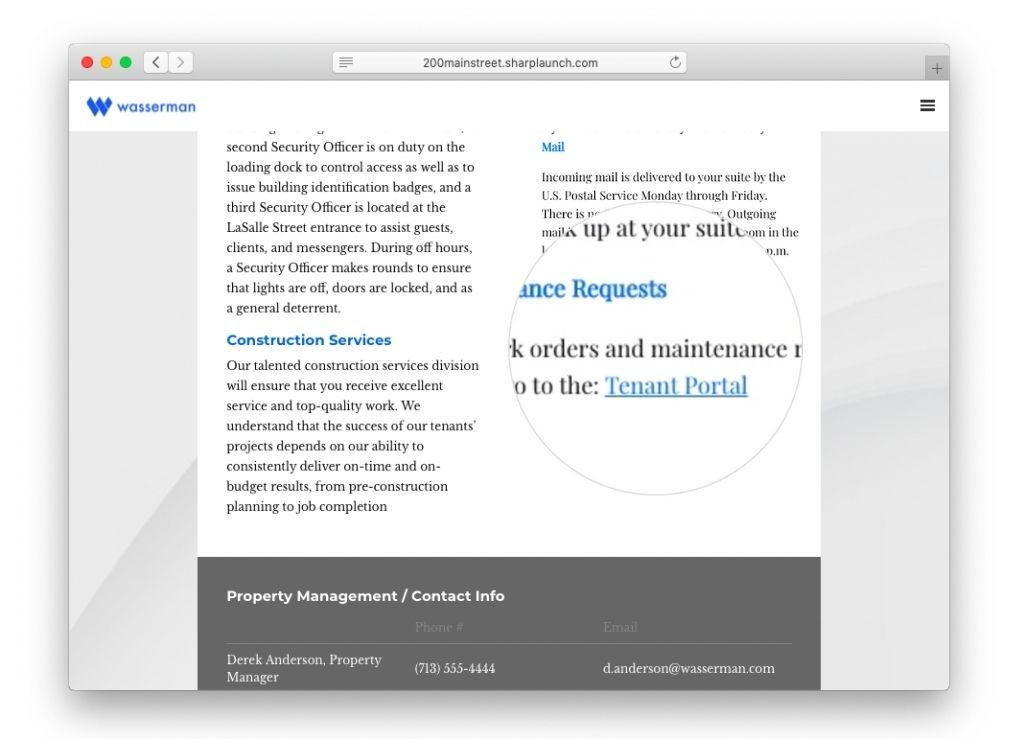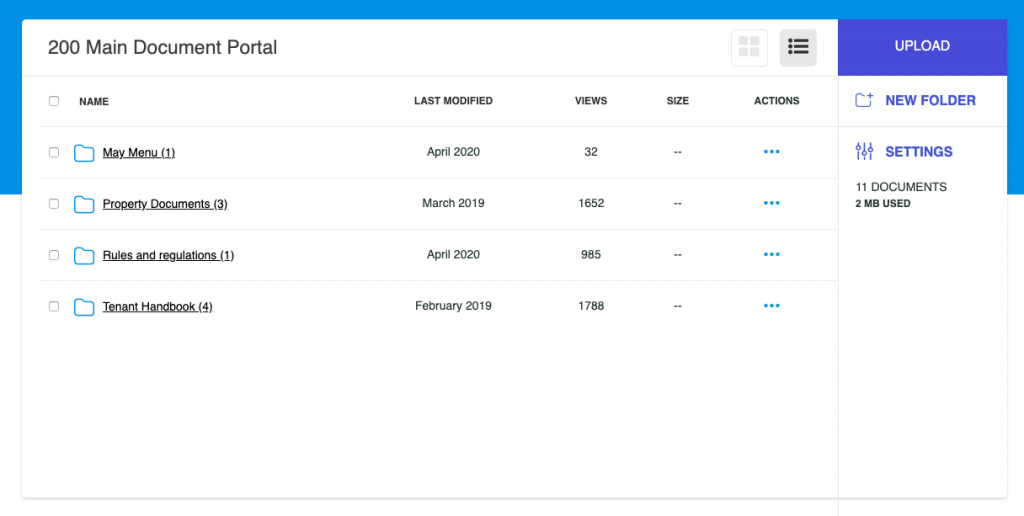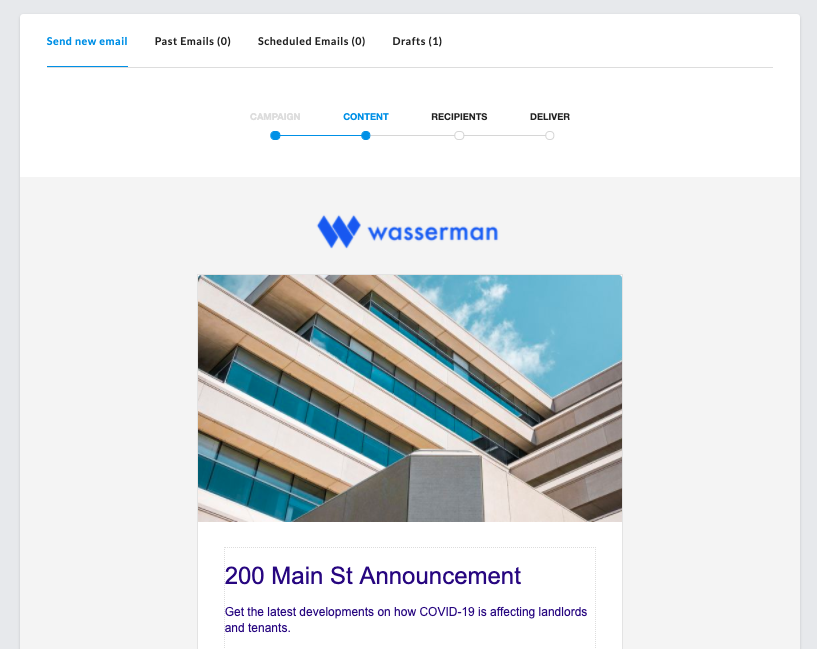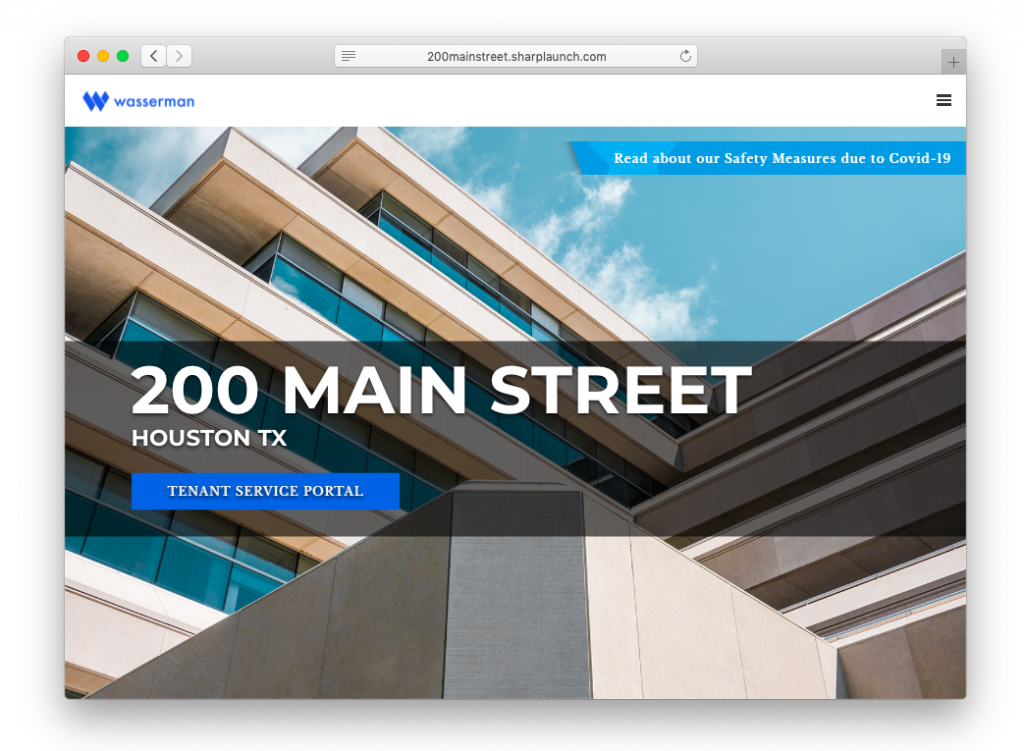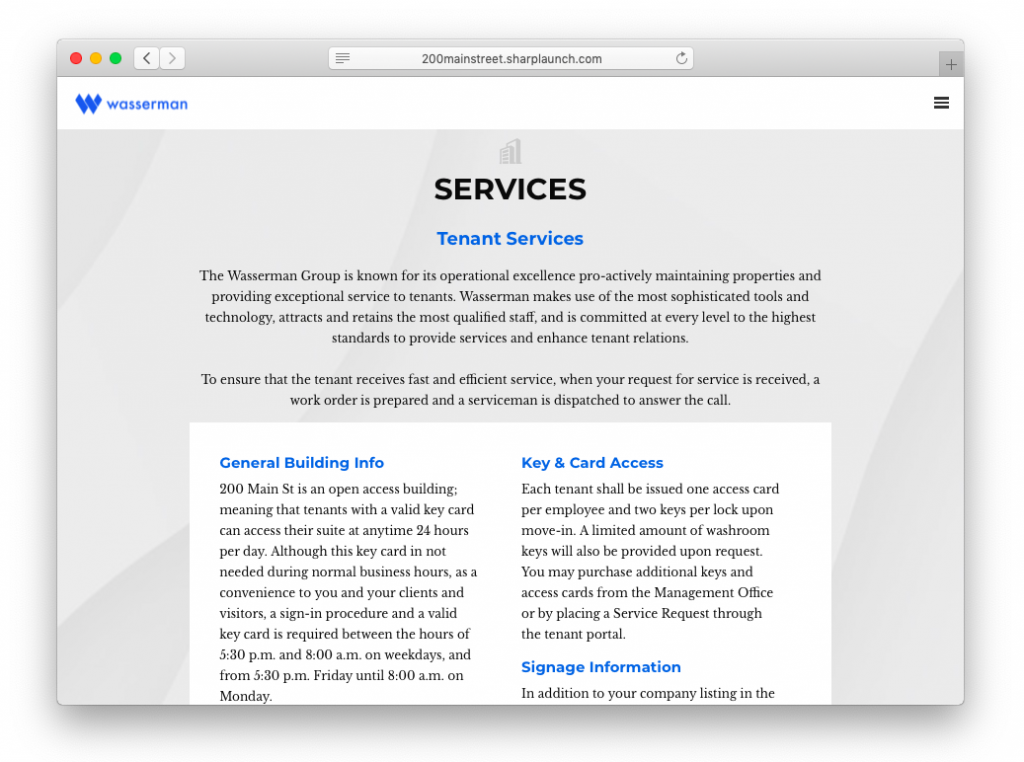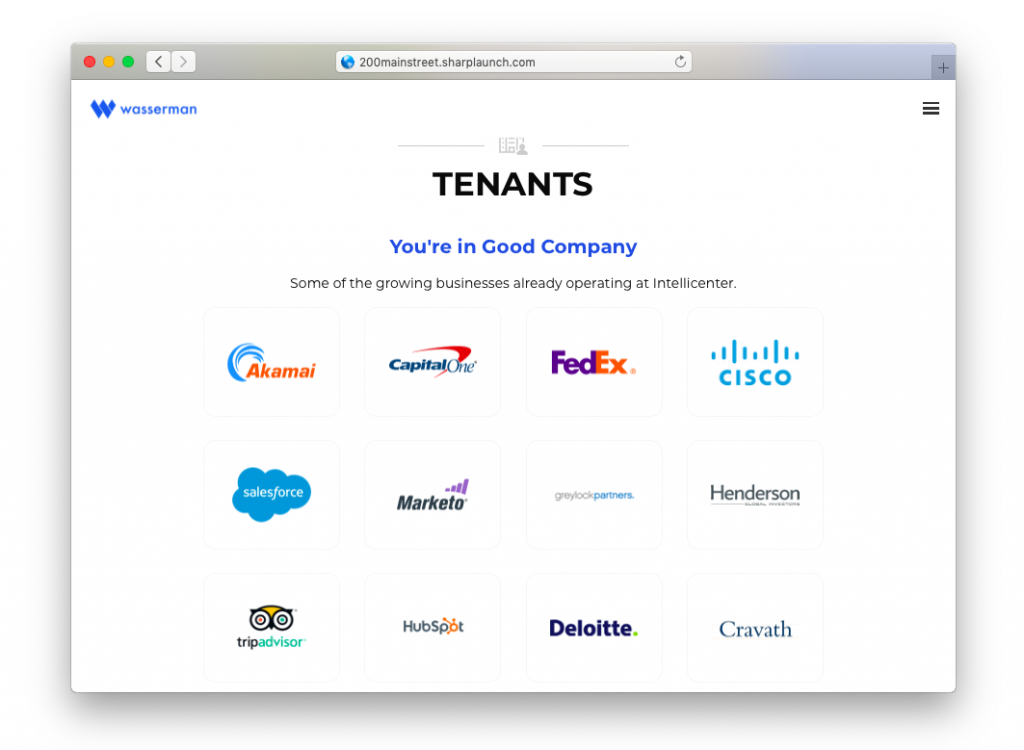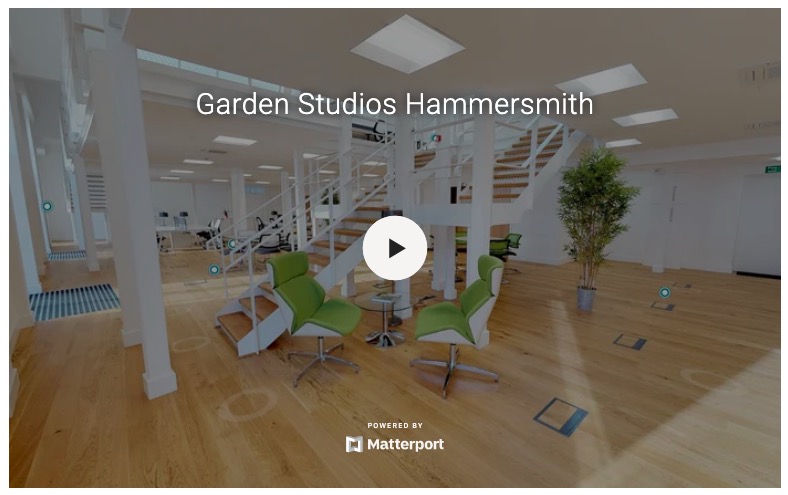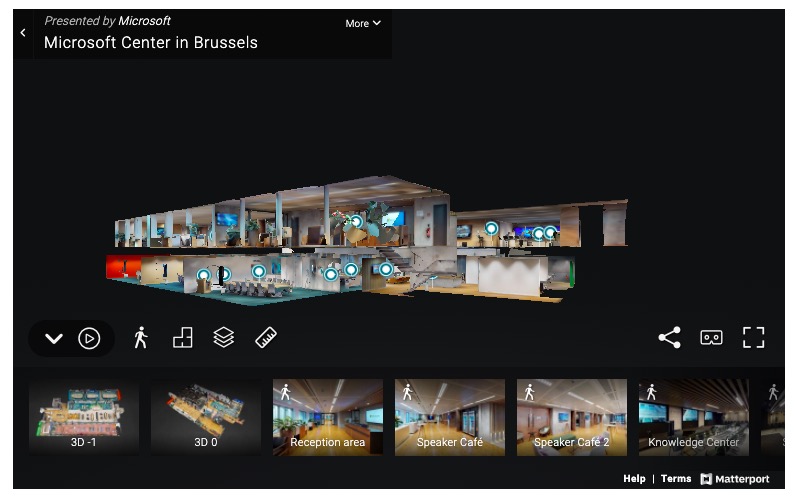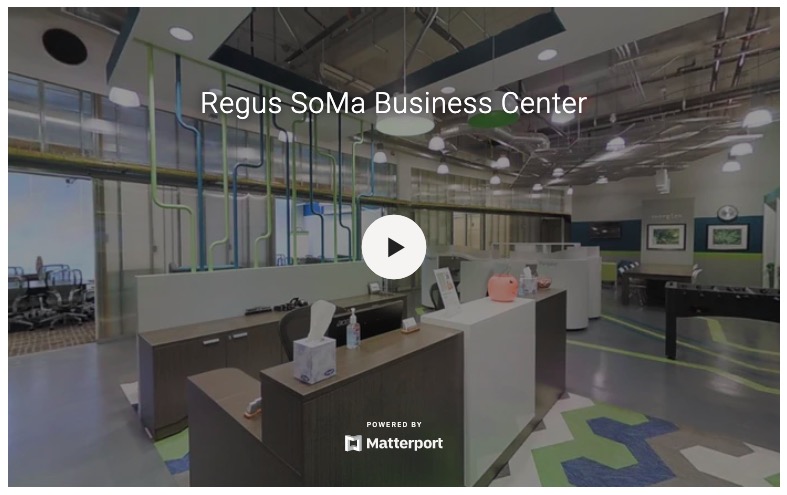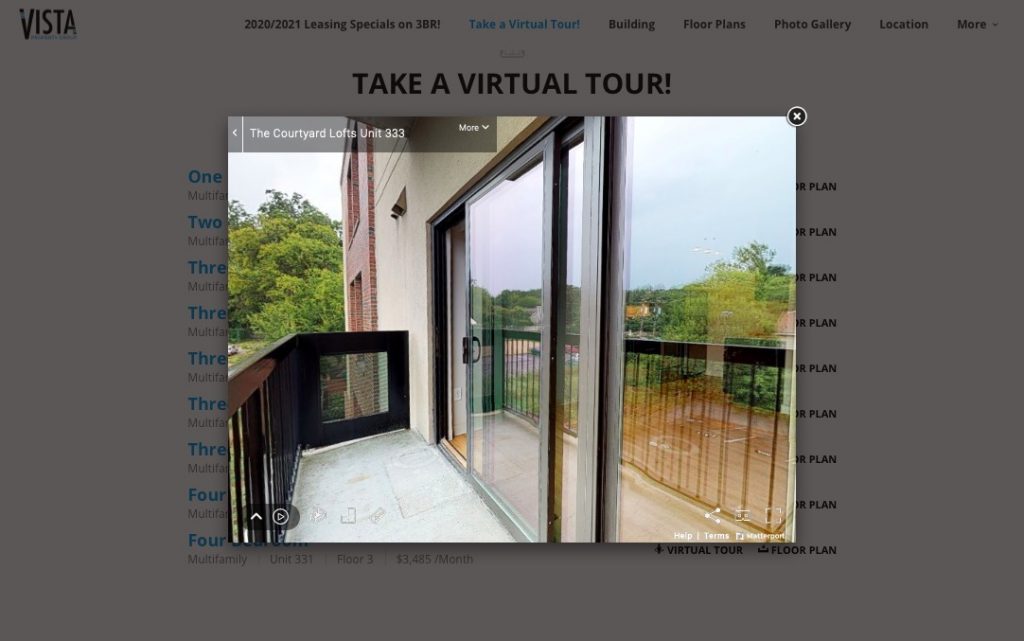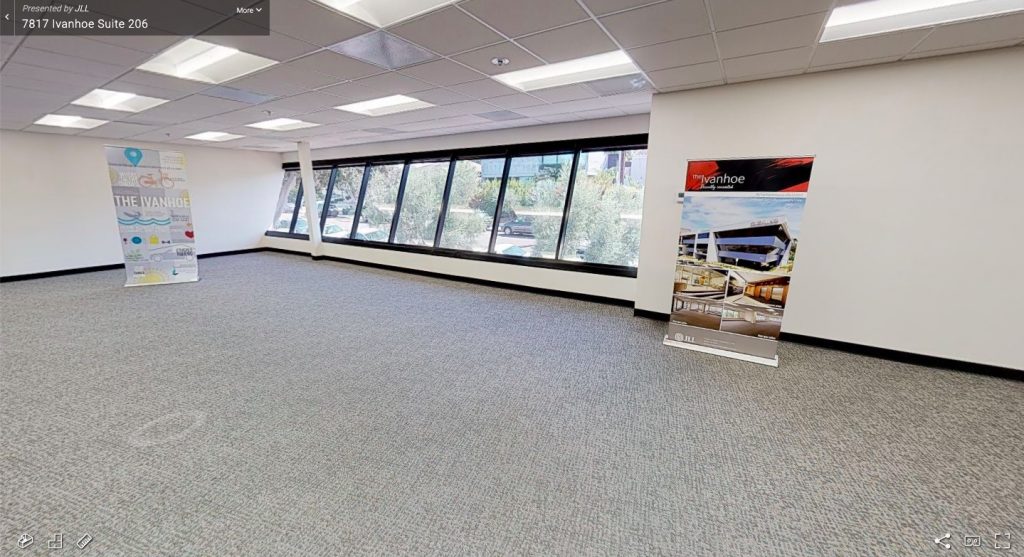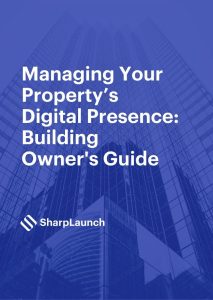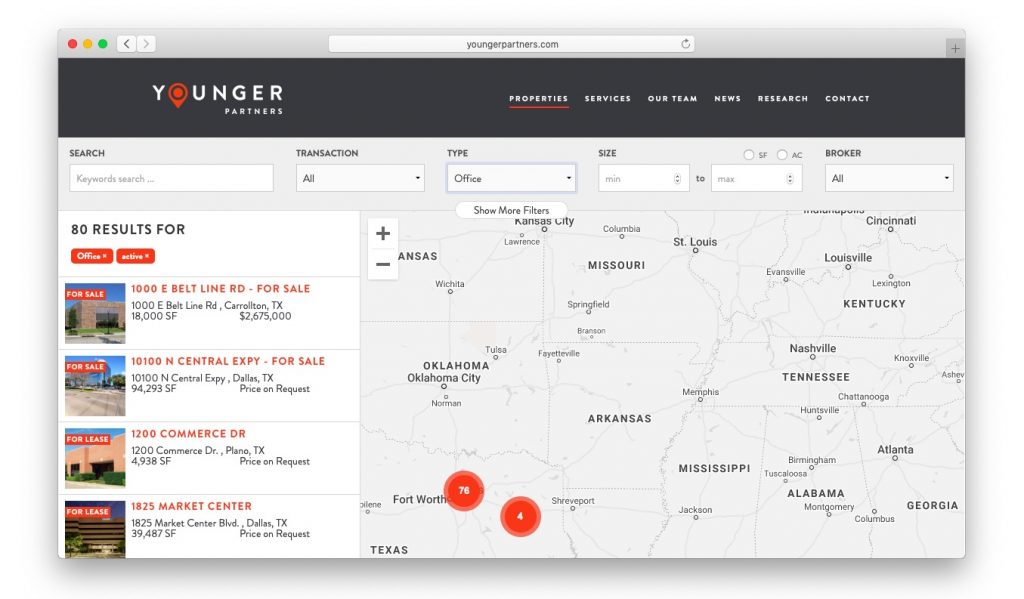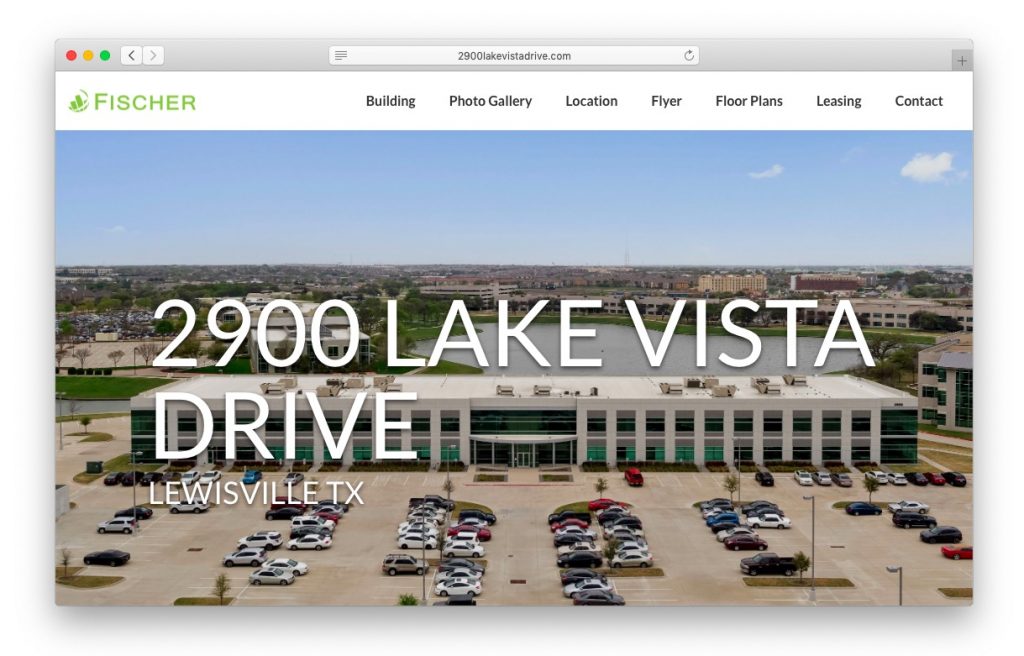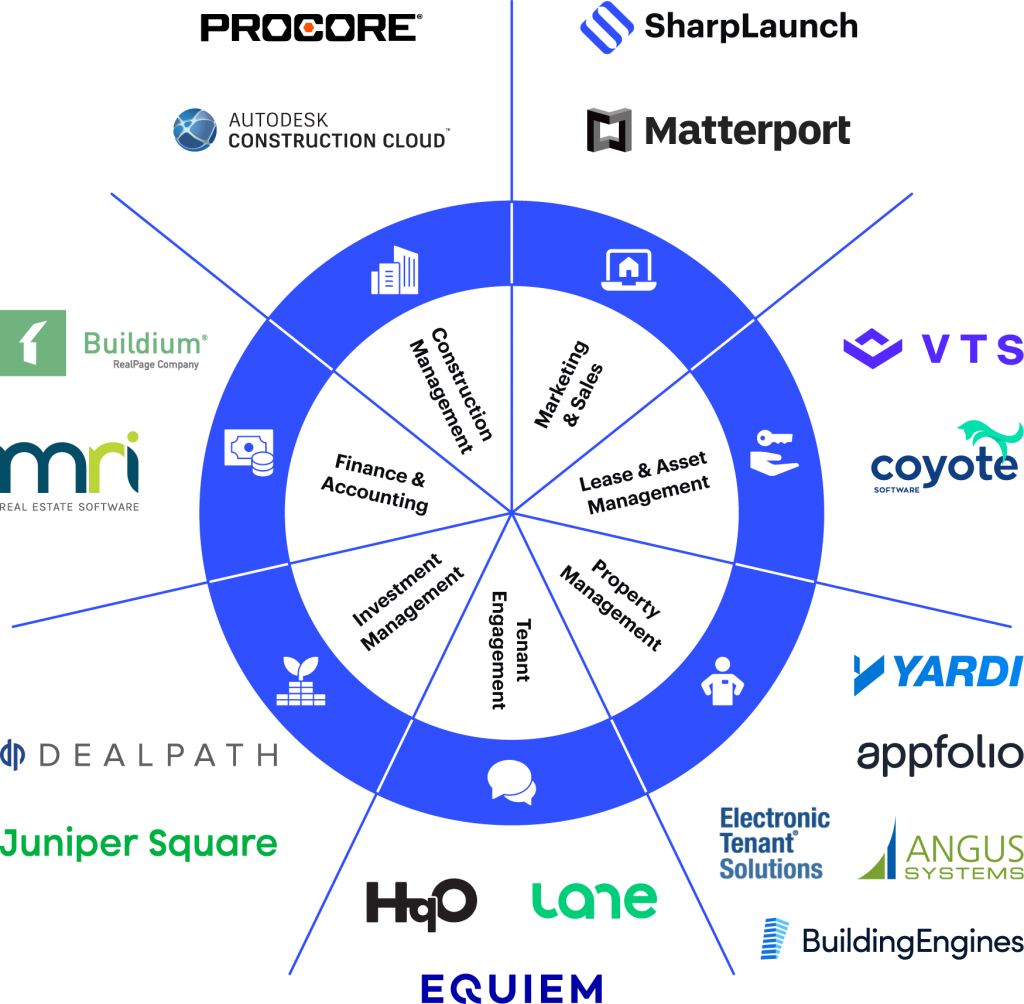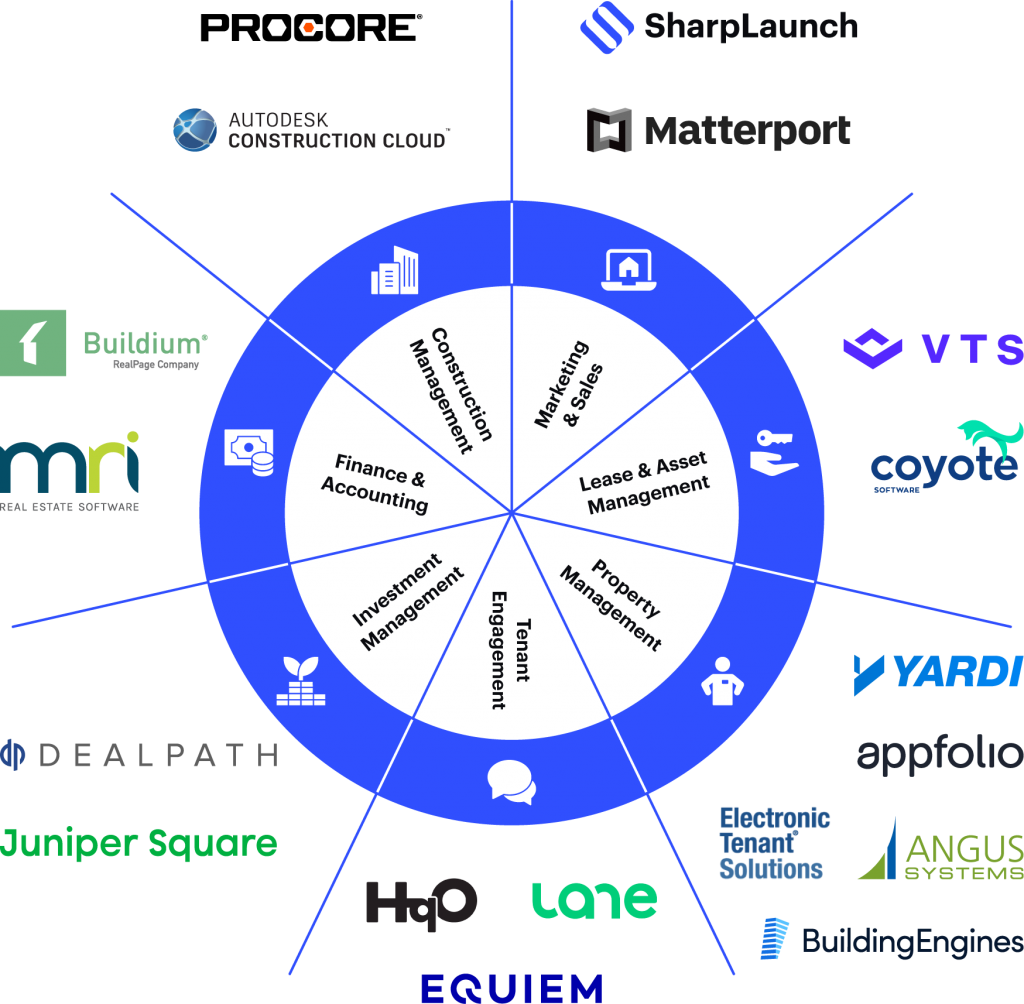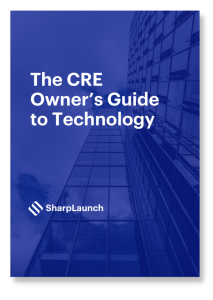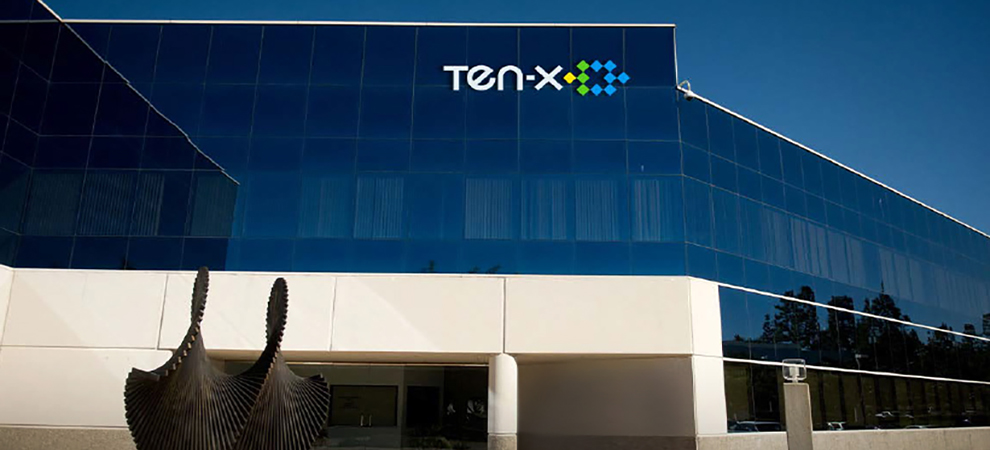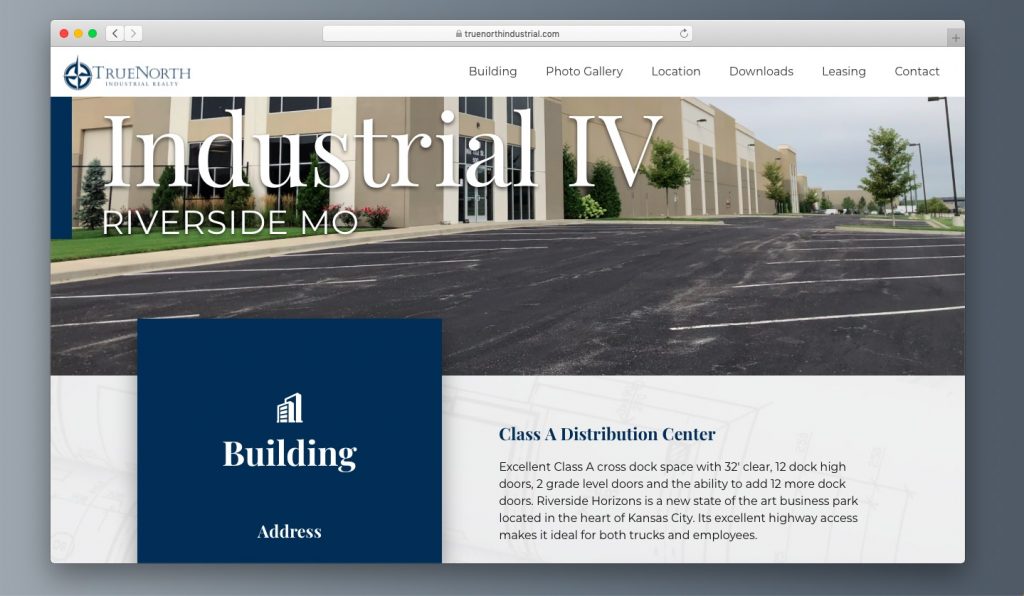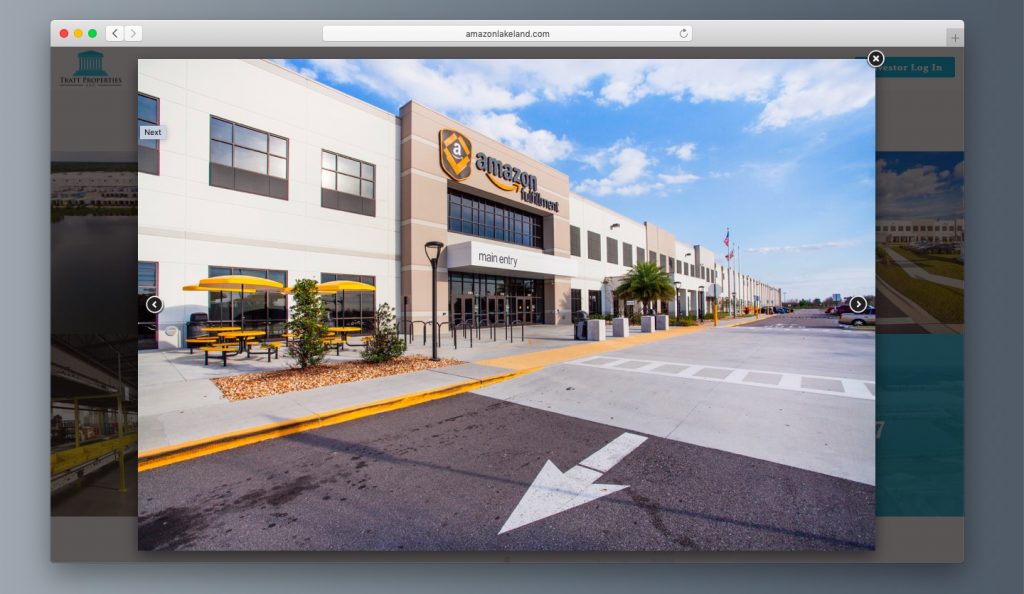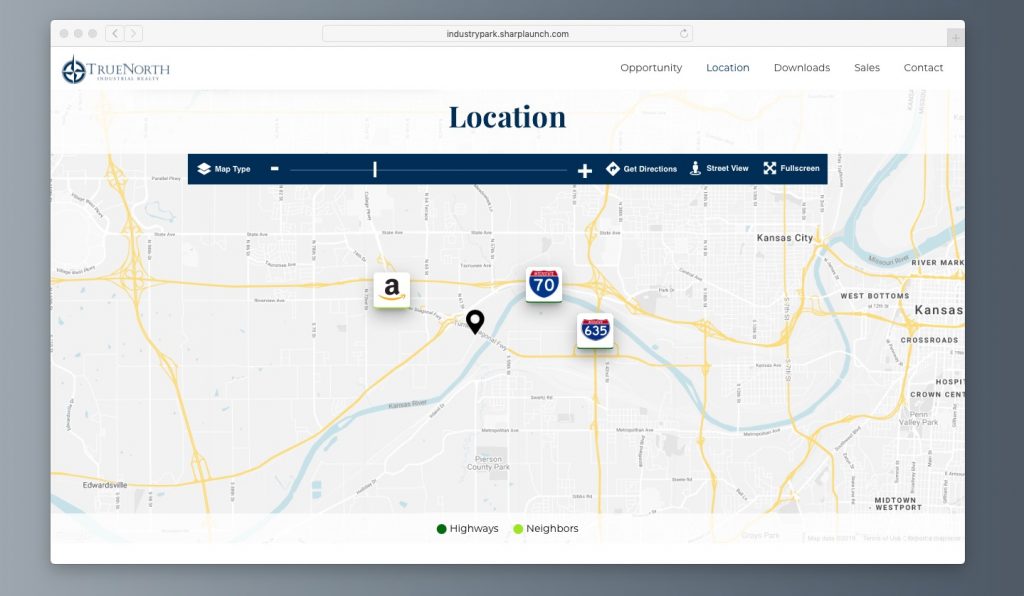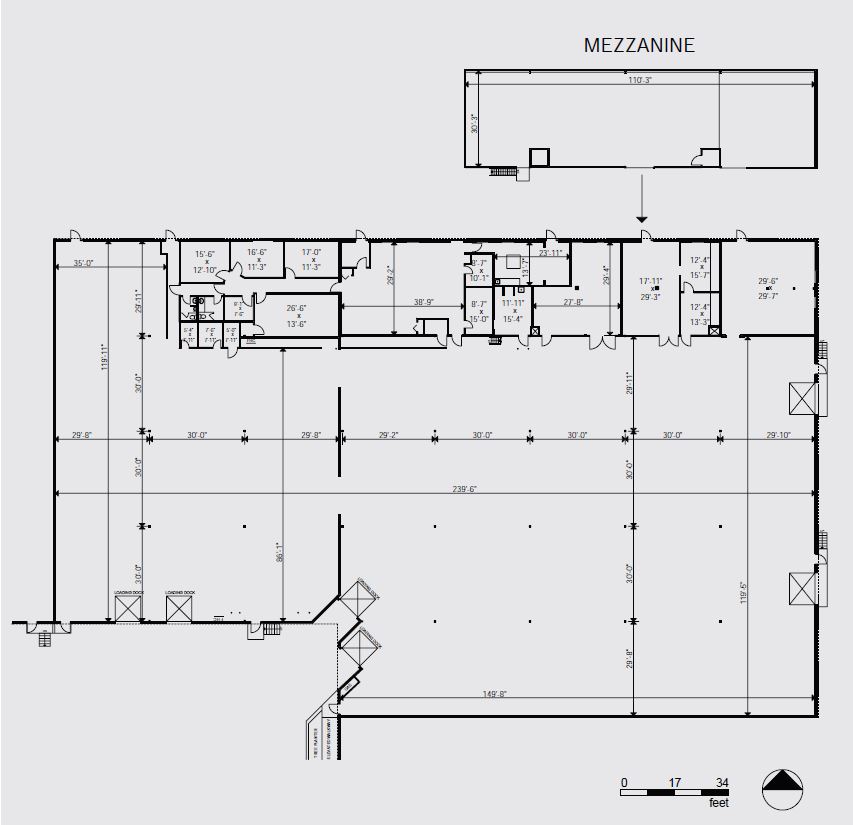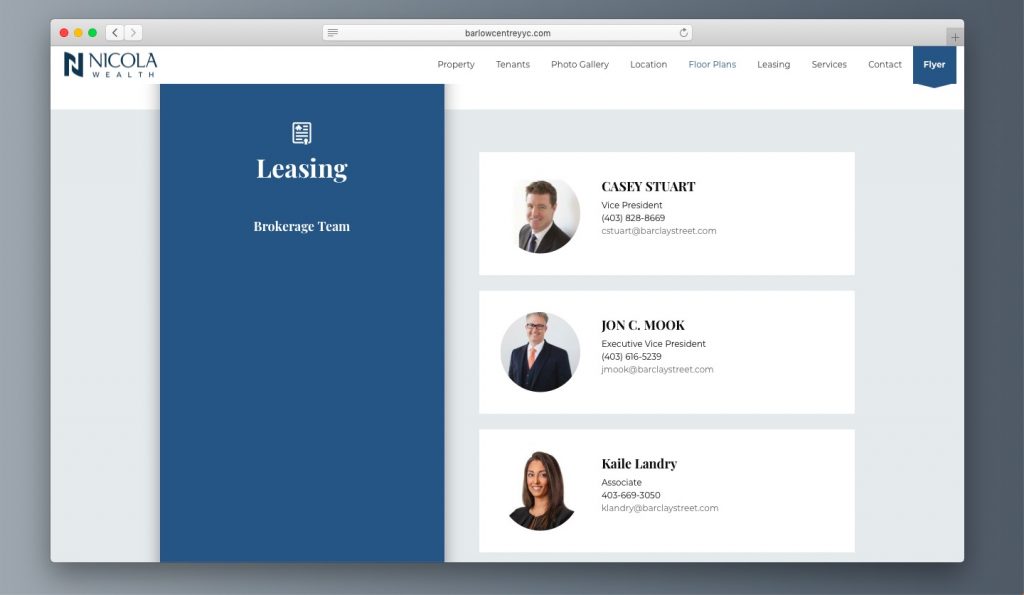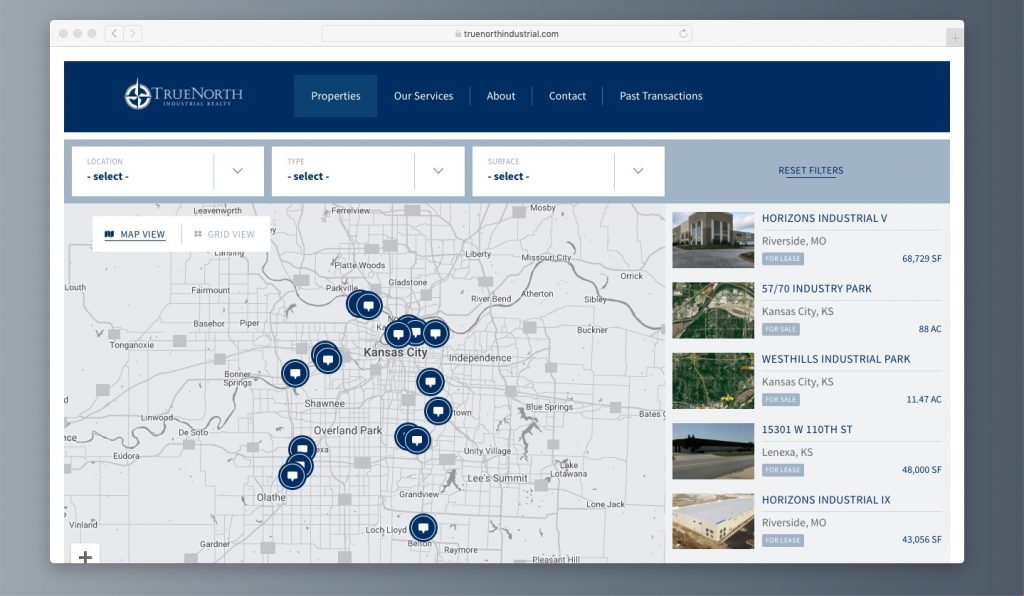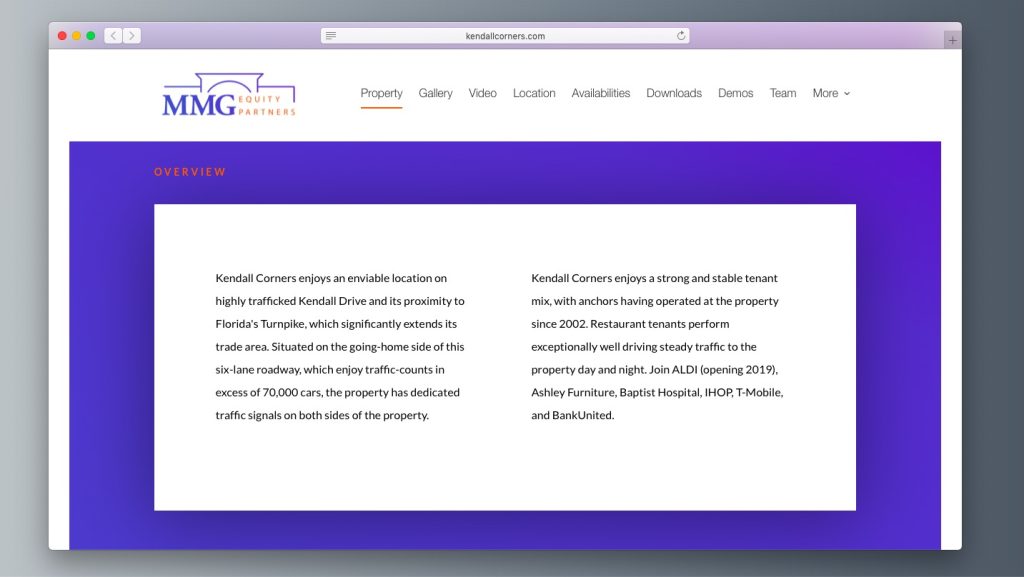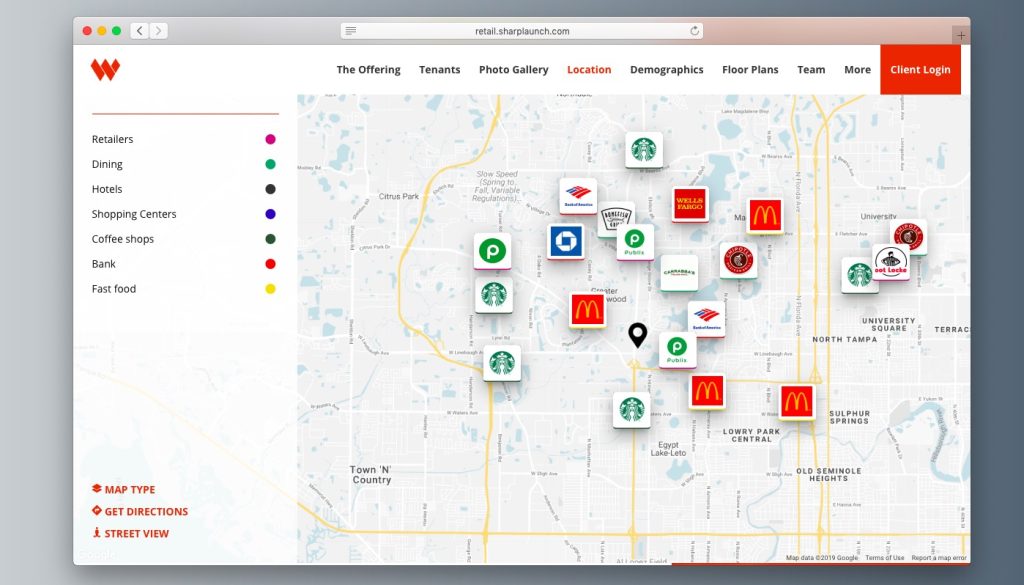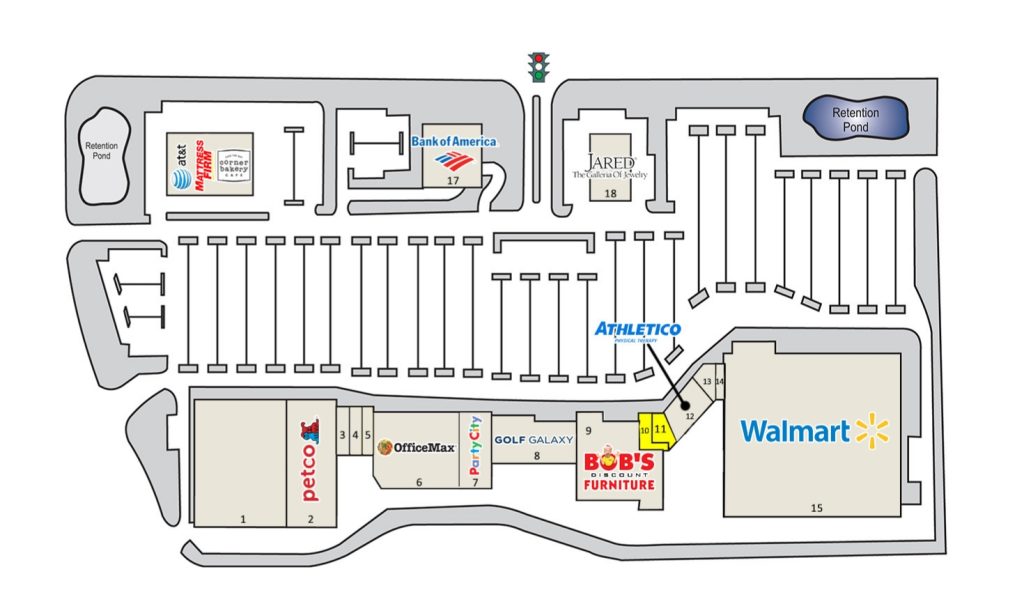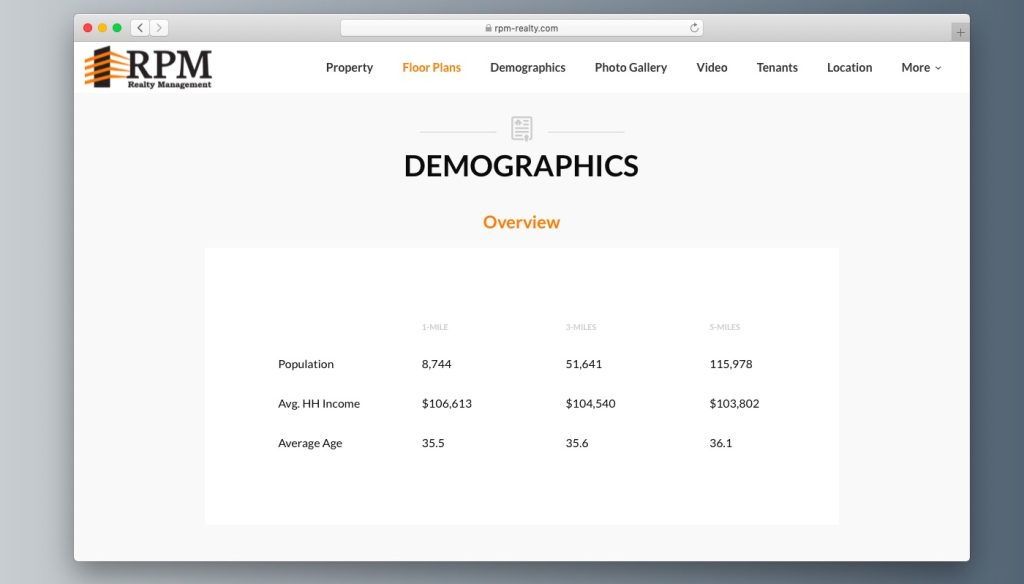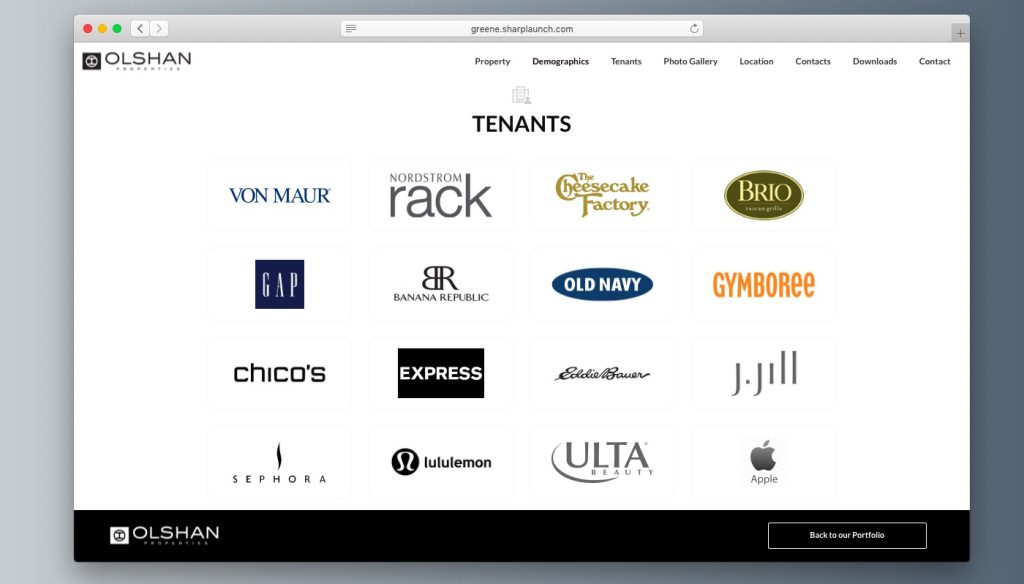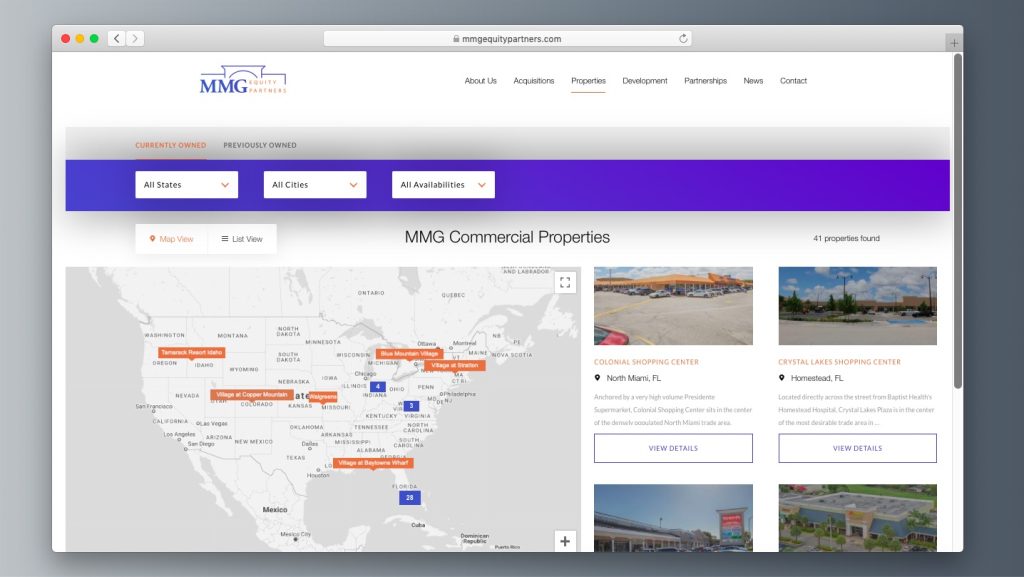The world of commercial real estate marketing is ever-changing, responding to the latest social media trends, tech innovations, and up-to-date data and analytics. For those who are not deep in the marketing trenches day after day, keeping up with the latest marketing techniques and strategies may seem overwhelming. However, maintaining at least a high level of familiarity with the top marketing trends can provide CRE professionals useful background knowledge for conversations with clients, brokers, and investors.
To keep you up to date, here are the top 20 marketing buzzwords you should know in 2021.
AI
AI or Artificial Intelligence refers to any computer or machine that can mimic cognitive functions that humans associate with the human mind, such as learning and problem solving. Simply put, it is a machine that appears to think on its own.
AI has vast possibilities in CRE with the potential to automate several processes, ensuring efficiency and ultimately profitability of investors’ portfolios. Property management and property searches can both benefit from AI applications.
Smart LED lights and self-adjusting thermostats are two AI applications in building automation that are impacting commercial real estate.
To name 2 examples of solutions currently creating applications of AI in commercial real estate are BuildingIQ and Point Grab. BuildingIQ works to maximize energy efficiency and savings and promises to do so without sacrificing human comfort in commercial buildings such as hospitals and hotels. PointGrab collects data inside commercial buildings, such as flexible work spaces, with a sensor installed in the ceiling. The real-time data is sent to be analyzed for analysis and future planning.
Analytics
Analytics are playing an increasing role in the CRE market, but some may be wondering just what is meant by this large-encompassing term. Analytics is information we gain from the examination and analysis of data and statistics.
Analytics has far-reaching implications in commercial real estate. It can provide insight into local market trends, rent and price projections, potential return on investment, and more. Investors and buyers rely heavily on analytics to determine the best course of action for their business.
CRE professionals can consult a wide range of resources to power their pitches and presentations with relevant analytics. Argus is a go-to source for many CRE businesses, but the list of CRE data and analytics resources is long and growing: CoreLogic, Reonomy, RealCapital Analytics, CoStar and more.
API
APIs, or application program interfaces, enable companies to securely and quickly exchange data and information with the outside world. In real estate, APIs can provide detailed property and financial data for individual properties.
APIs for the commercial real estate market provide information such as sales history, sales trends, building square footage, location details, number of floors, vacancies, neighborhood information, and more.
CompStak, for example, can provide detailed property information such as starting rent, tenant industry, number of floors, square footage, and more. LandVision, another popular API for CRE professionals, offers information, such as property specs, tax assessor and deed transactions, information about the area surrounding particular properties, and more. Plenty of APIs that are not build specifically for CRE professionals can also be useful in the field. For example, Walk Score can offer insight into the walkability of a particular location and the distance to nearby homes and amenities.
Big Data
Big data has been a part of business and marketing jargon for several years. Gartner defines big data as “high-volume, high-velocity and/or high variety information assets that demand cost-effective, innovative forms of information processing that enable enhanced insight, decision making, and process automation.”
In other words, it is a large set of data collected at high speed and containing a variety of information that is then used to inform business decisions and improve business processes. Transaction data, sales data, pricing data and more can be leveraged to help commercial real estate businesses understand local markets, predict future trends, and match properties to clients’ needs.
One creative example of big data in commercial real estate could be using Motionloft to entice potential retailers. Motionloft keeps track of real-time traffic—both pedestrian and vehicle—in specific locations. A CRE professional can approach an investor or potential purchaser armed with specific data about how many people pass by a particular location per day.
Chatbots
Most of us have encountered a chatbot at some point when visiting a company website. A little window pops up asking what you’re searching for and how it can help. Chatbots are computer programs that simulate human conversations.
Chatbots have proven enormously effective as AI has improved, allowing the bots to mimic human conversation effectively.
In fact, Gartner predicts that in 2020, 85 percent of customer interaction with businesses will occur without human interaction as companies leverage chatbots and self-service features.
CRE businesses can leverage chatbots to serve as their first point of contact with visitors to their websites. Chatbots are a cost-effective way of providing information to multiple consumers at the same time as well as documenting and sorting out those potential leads for future follow-up.
Conversion Rate
Conversion rate is simply the percentage of people who complete a desired action. For example, the number of website visitors who sign up for a newsletter or the number of event attendees who request more information about a property.
Conversion rates offer important insight into CRE marketing efforts and help businesses determine areas for improvement on their websites.
CRE professionals can utilize tools such as Mouseflow to find out what their website visitors are doing on their website and what pain points they may be experiencing. Mouseflow anonymously records individuals’ visits to a business’s website, revealing clicks, mouse movement, scrolling, errors, and more. Mouseflow also offers heatmaps to show where visitors are located and demonstrate behavioral trends of website visitors.
Content Marketing
As per Content Marketing Institute: “Content marketing is a strategic marketing approach focused on creating and distributing valuable, relevant, and consistent content to attract and retain a clearly defined audience — and, ultimately, to drive profitable customer action.”
Content marketing in commercial real estate gives businesses a chance to position themselves as a resource and an expert in their field. It can be a way for reaching new potential clients, and there should be a conversion plan in place to capture those new leads.
Content marketing for CRE businesses can come in several formats, including market reports, blog posts, white papers, webinars, and even e-books. Content marketing materials should be heavily branded and easily accessible. Above all, they should be informative and provide value so that people encountering them will be open to hearing more from the company and engaging in business with them.
CRM
A commercial real estate CRM, or customer relationship management system, is a technology system that manages all interactions between a business and its clients, partners, and potential clients. It is a central location to document, track, and manage all business contacts and communications.
A CRM has the potential to organize and streamline workflow. However, it is important to ensure that your CRM works for you and not the other way around.
Rather than turning to enterprise CRMs, which are generic, CRE businesses need to find a CRE-specific system. A CRM that is designed for CRE will have features that accommodate, organize, and store all information necessary for any transaction. All files related to a specific property or client should be stored in the CRM and accessible to anyone on the team who is working with the specific client or transaction. A few examples of well known CRMs are Salesforce, Zoho, Apptivo, and specific for CRE are RethinkCRM, AscendixRE just to name a few.
Experiential Marketing
Experiential marketing connects consumers to brands through an enticing experience. Social media continues to play an integral role in most marketing strategies, but it can be difficult to leave a deep and lasting impression through fleeting social media posts.
Eighty-five percent of mid- to senior-level marketing professionals say event marketing is essential to their marketing strategy, according to a recent report from Bizzabo. Furthermore, 41 percent of those professionals indicated they believe experiential marketing holds more value than other channels such as content and email marketing.
CRE professionals can engage in experiential marketing in a number of ways: hosting lunch with potential clients, inviting pop-up shops to a potential retail location, or throwing a community-wide party or event.
Landing Page
A landing page is a standalone web page with a specific purpose or call to action for visitors. A commercial real estate landing page may align with a particular marketing campaign, highlight a specific property, or capture leads in exchange for useful information available through download. Visitors are led to landing pages from social media, advertising, brochures, or other marketing materials.
Commercial real estate landing pages should have a clear heading with an obvious value proposition and a call to action. For example, the landing page could prompt the visitor to input their name and email address to receive a market report or property brochure.
CRE professionals can grow their list of potential clients by capturing leads through landing pages. They can then follow up to nurture that prospect into a lead, and they can continue to build the relationship through email newsletters or other marketing efforts.
Marketing Automation
Marketing automation is a technology that manages marketing processes across different channels automatically in form of automated email sequences, drip campaigns, triggered emails, all designed to nurture and convert prospects to leads.
Most CRE businesses market across multiple platforms and through a variety of methods. Trying to post website updates, blog posts, social media updates, and more can be time-consuming and arbitrary if left to an individual to manage manually.
However, marketing automation, often achieved through a CRM and possible additional apps, can ensure emails, social media posts, and more are updated consistently and at the ideal times of day for optimal exposure and interaction with your audience.
Businesses can employ several marketing automation tools, including HubSpot, Autopilot, Hootsuite, and AgoraPulse.
Marketing Funnel
A marketing funnel refers to the interactions between a business and individual as the individual transitions from a prospect to a lead and ultimately to a client. Marketing funnels for commercial real estate businesses are a way of converting website visitors into customers. The funnel can be flexible and responsive to where a potential customer is in the buying or selling process.
For many, the first interaction with a CRE business is a visit to its website. A pop-up on a website can prompt visitors to subscribe to a newsletter. Chatbots can also play a role in converting new website visitors into customers.
A newsletter or follow-up email can direct the potential customer to a landing page with more information and encourage them to set up a phone call. From there comes the potential for an in-person meeting or property showing. Any interaction with a potential client requires a follow-up to carry the client to the next step and ultimately to a transaction.
Organic Traffic
Organic traffic is any website traffic that comes through search engines rather than through paid advertisements and promotions.
Developing organic traffic requires a targeted content marketing strategy with a focus on SEO (search engine optimization) and providing useful information to anyone seeking information in the CRE market. CRE businesses can optimize their websites for organic traffic with fast loading speeds, strategically placed keywords, backlinks, and most importantly, informative fresh content.
Attaining a sustainable flow or organic traffic is an important long-term strategy for any CRE website as it helps keep your brand in the spotlight for those who are familiar with your business while also attracting new potential clients or business partners.
Podcasts
Podcasts are audio series available for download or streaming to a computer or mobile device. Commercial real estate podcasts can serve businesses in two ways: one is by providing valuable information professionals can use to improve their businesses, and the other is by giving them a platform from which they can increase brand awareness and position themselves as an expert in their market.
Podcasts provide an accessible, convenient way for professionals to stay tuned in to the latest market trends and marketing strategies. Professionals can listen to a podcast on the way to a meeting or from the comfort of their home rather than attending professional courses that require them to step away from their business tasks. CRE professionals may also reach out to hosts to be featured on a podcast if they have useful tips for other professionals in the field.
A few CRE podcasts are “The Commercial Real Estate Show,” “The Commercial Investing Show,” and “Commercial Real Estate Online.”
Predictive Analytics
Analytics in general can be helpful for the CRE professional, but analytics that shed light on the future is what most investors, buyers, and sellers really want in order to determine their best course of action. That’s where predictive analytics come into play. As the name implies predictive analytics is the branch of analytics that focuses on making predictions about the future. This is done through data mining, statistical analysis, artificial intelligence, and data modeling.
There is a growing emphasis on predictive analytics in real estate as professionals turn to heat maps, rental calculators, projected revenue charts, and more to inform clients and make decisions. Predictive analytics can shed light on the worth of a particular property portfolio, the ROI of a property or portfolio, and more.
More than 80 percent of investors say CRE business should develop their predictive analytics and business intelligence capabilities, according to an article this year by Colliers International.
Responsive Design
Responsive web design refers to a website’s ability to adjust to individual users. Images, layouts, charts, and text should adjust to a visitor’s device, including the screen size and orientation. A website should be equally accessible for those on a laptop, tablet, or mobile device and should accommodate a variety of search engines. Just over 50 percent of all internet traffic comes from mobile devices, according to data from Wordstream, and no one has patience for a site that is difficult to navigate or view on their device.
Responsive web design can be particularly challenging when displaying large sets of data on graphs and tables. Businesses can work with web developers to determine the best way to display important information so it is readable on any device.
SEM
SEM or search engine marketing is internet marketing that increases a site’s visibility through organic search engines results and paid advertising. SEO and PPC (pay per click) both fall under search engine marketing.
Most of the time SEM includes the use of paid campaigns or PPC meaning that someone pays to appear in search results, often on a pay-per-click basis. Usually it’s achieved with Google Ads.
It’s fairly expensive to advertise commercial real estate on Google with some keywords like “office space for rent NYC” running as high as $75 per click.
However using SEO and paid search usually falls under SEM efforts.
SEO
SEO, search engine optimization, is certainly not a new concept. SEO encompasses a broad range of on-page and off-page tactics that contribute to a website’s ranking in search engine results. Even those who haven’t spent their careers in marketing have likely heard the term, and SEO for CRE professionals remains a critical factor in online visibility.
Seventy-five percent of people using a search engine never scroll past the first page of results, according to Hubspot. Furthermore, the No. 1 result on Google claims 31.7 percent of clicks, according to Backlinko.
In commercial real estate SEO provides an organic flow of traffic from search engines that you don’t have to pay for, unlike SEM. An initial investment in website content, backlinks, meta descriptions, images, brand, and off-site elements to achieve visibility in Google’s search results for competitive real estate-related terms will pay itself back many times over.
VR
Virtual reality is an interactive computer-generated environment that appears three-dimensional. Users use goggles, helmets, and sometimes gloves to enter and interact in these simulated spaces.
While popular in video games, virtual reality is gaining strong momentum in the world of marketing, and in commercial real estate, the potential is enormous. In real estate it’s already possible to do virtual tours or 360 degree views of multiple properties from any location, saving time and money on showings. Clients can take a look through virtual reality and decide whether they want an in-person showing or not.
Perhaps even more compelling, virtual reality can show clients in the CRE market not just a property itself but also its potential. We can show a vacant property full of life or an unbuilt property after construction is complete.
WordPress
WordPress is a free open source content management software for creating websites. WordPress.org sites are self-hosted and require a registered domain name while the software is free and has widespread capability to employ various plugins that add tools and features to fit the unique needs of different types of businesses.
A commercial real estate WordPress website can accommodate nearly any business need with a flexible, responsive platform and different plugins to enhance the website’s offerings and performance. The themes and plugins specific to commercial real estate are limited, so custom commercial real estate websites can be built with the help of a designer and developer team.
One of the existing plugins for commercial real estate is the Commercial Property Search Engine WordPress API integration that pulls property data from existing online listings to display on the website.
